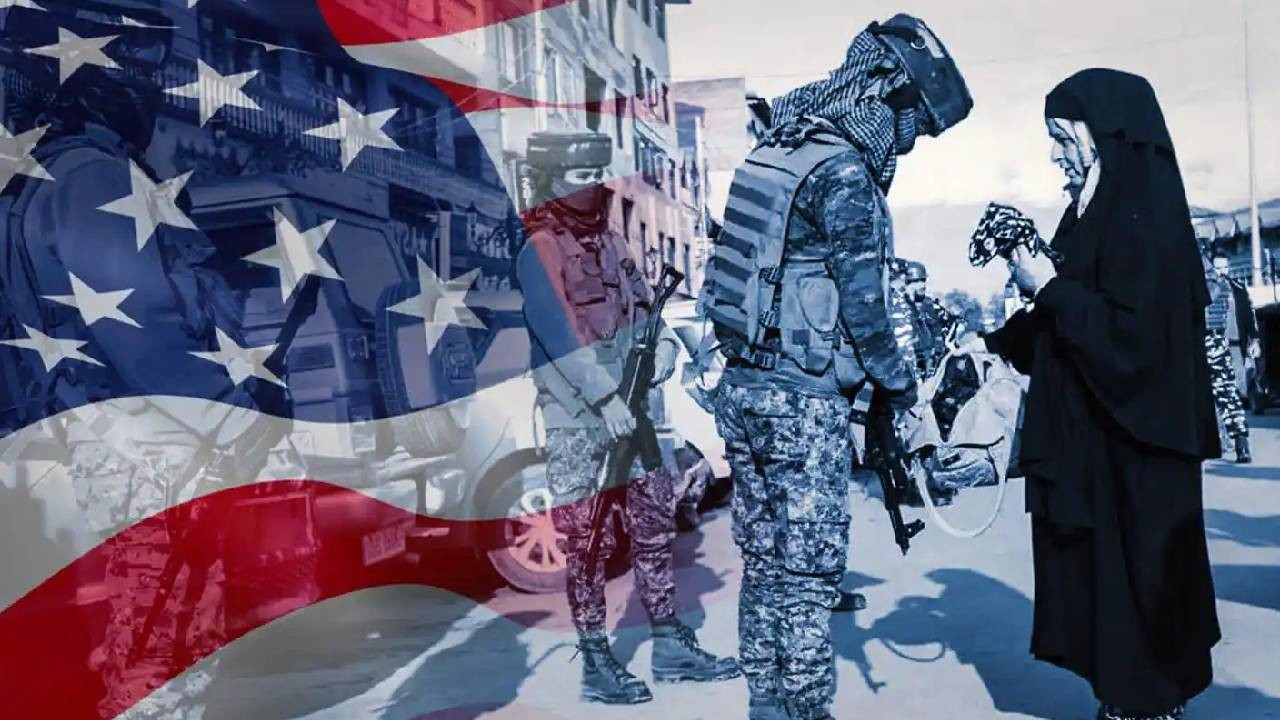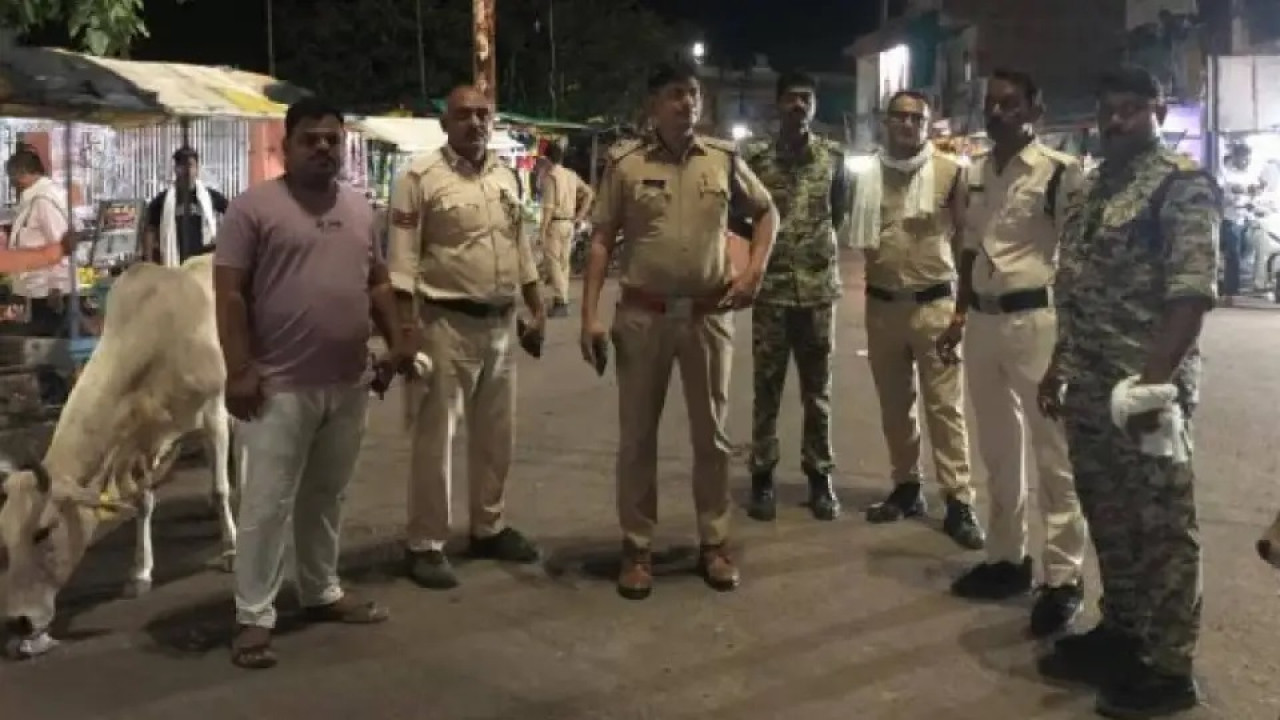India News: Travel advisory for India has been updated by The US Department of State , urging American citizens to exercise "increased caution" due to rising concerns over crime, and terrorism. The Level 2 advisory highlights the risk of violent crimes, including rape, and warns of potential terrorist attacks in public spaces. Regions, such as Jammu and Kashmir, northeastern states , and parts of Eastern and Central India have been flagged as high-risk areas.
US Issues Travel Advisory for India: Citizens Urged to Exercise 'Increased Caution'
In an updated travel advisory, the US Department of State has urged American citizens to exercise “increased caution” when traveling to India, citing concerns over rising levels of crime, terrorism, and sexual violence. The advisory, which has been issued at Level 2, outlines specific security risks and warns US nationals of areas in India that are considered high-risk. These include regions grappling with terrorism, Maoist insurgencies, and heightened instances of sexual assault, including rape, which is noted as one of the fastest-growing crimes in the country. While India remains a popular tourist destination, the advisory emphasizes the importance of awareness and safety precautions for travelers.
Crime and Terrorism: A Growing Concern
The updated advisory highlights a concerning trend in violent crime and terrorism, which can occur with little to no warning. These incidents often take place in public spaces like transportation hubs, markets, and government facilities—areas typically frequented by tourists. The advisory notes that violent crimes, including armed robbery and assault, have seen an uptick, while terrorism remains a persistent threat in certain regions. US citizens are urged to remain vigilant, particularly in crowded or public areas, and to avoid any situation that could put them at risk.
Sexual violence, including rape, is also a significant concern highlighted in the advisory. With rape rates on the rise, particularly in urban centers, the advisory specifically cautions women traveling alone. The US Department of State advises female travelers to be cautious and to avoid traveling alone, particularly after dark. While India has made strides in addressing sexual violence, the risk remains high, especially for foreigners, who may be more vulnerable due to unfamiliarity with local customs, laws, and social dynamics.
High-Risk Areas: Which US Travelers Should Avoid
The advisory goes on to list several regions in India that are considered high-risk, where the threat of violence, terrorism, or civil unrest is elevated. These areas include:
- Jammu and Kashmir (excluding Ladakh and Leh): A region that has long been a flashpoint of conflict due to the ongoing territorial dispute between India and Pakistan. and The threat of violent incidents and Tensions remain high, and ever-present.
- The India-Pakistan Border: As a region of military and political tension, the India-Pakistan border area is also marked as highly risky.
- Central and Eastern India (Maoist Activity): These areas are plagued by Maoist insurgencies that lead to violence and instability. The presence of armed groups poses a significant danger to both locals and visitors.
- Manipur and Some Northeastern States: The northeastern region of India continues to deal with insurgency, terrorism, and communal unrest, making it particularly dangerous for travelers.
In addition to these locations, the advisory also points out that US government employees need special authorization to travel to parts of certain states, including West Bengal, Chhattisgarh, and Odisha, underscoring the security concerns in these regions.
Legal and Visa Warnings for US Citizens
In addition to safety concerns, the US advisory also includes legal warnings for American travelers. It urges all travelers to comply strictly with Indian laws, as violations can lead to serious consequences, including detention or deportation. Travelers are reminded that carrying certain illegal devices, such as satellite phones, is prohibited in India, and violations of visa conditions, such as overstaying, can lead to fines, detention, or deportation.
US citizens are also warned that the US government’s ability to provide emergency support is limited, especially in rural or high-risk areas. In such regions, the response time for consular services might be delayed, and access to emergency medical care or legal assistance might be more difficult. As a result, the advisory strongly recommends that travelers stay informed and prepared for any potential emergencies.
Precautions and Travel Tips for a Safe Visit
While the US advisory highlights various risks, it also provides practical recommendations to ensure a safe travel experience in India. American citizens are encouraged to enroll in the Smart Traveler Enrollment Program (STEP) to receive real-time updates and alerts from the US embassy. Additionally, travelers should ensure they have a valid visa or e-Tourist visa before arriving, as visa violations can lead to serious legal issues.
Health and safety precautions are also essential. The advisory advises travelers to avoid uncooked food and unfiltered water, which can lead to illness. Furthermore, US citizens are urged to exercise caution while traveling on Indian roads and using public transportation. India’s road conditions can vary significantly, and accidents are relatively common, so travelers should stay alert and prioritize safety at all times.
By taking these precautions and staying informed about local conditions, US travelers can minimize risks and enjoy a safer visit to India. However, it is clear that while India remains a beautiful and vibrant destination, it is essential for visitors to be aware of the security situation and act accordingly to safeguard their well-being.












